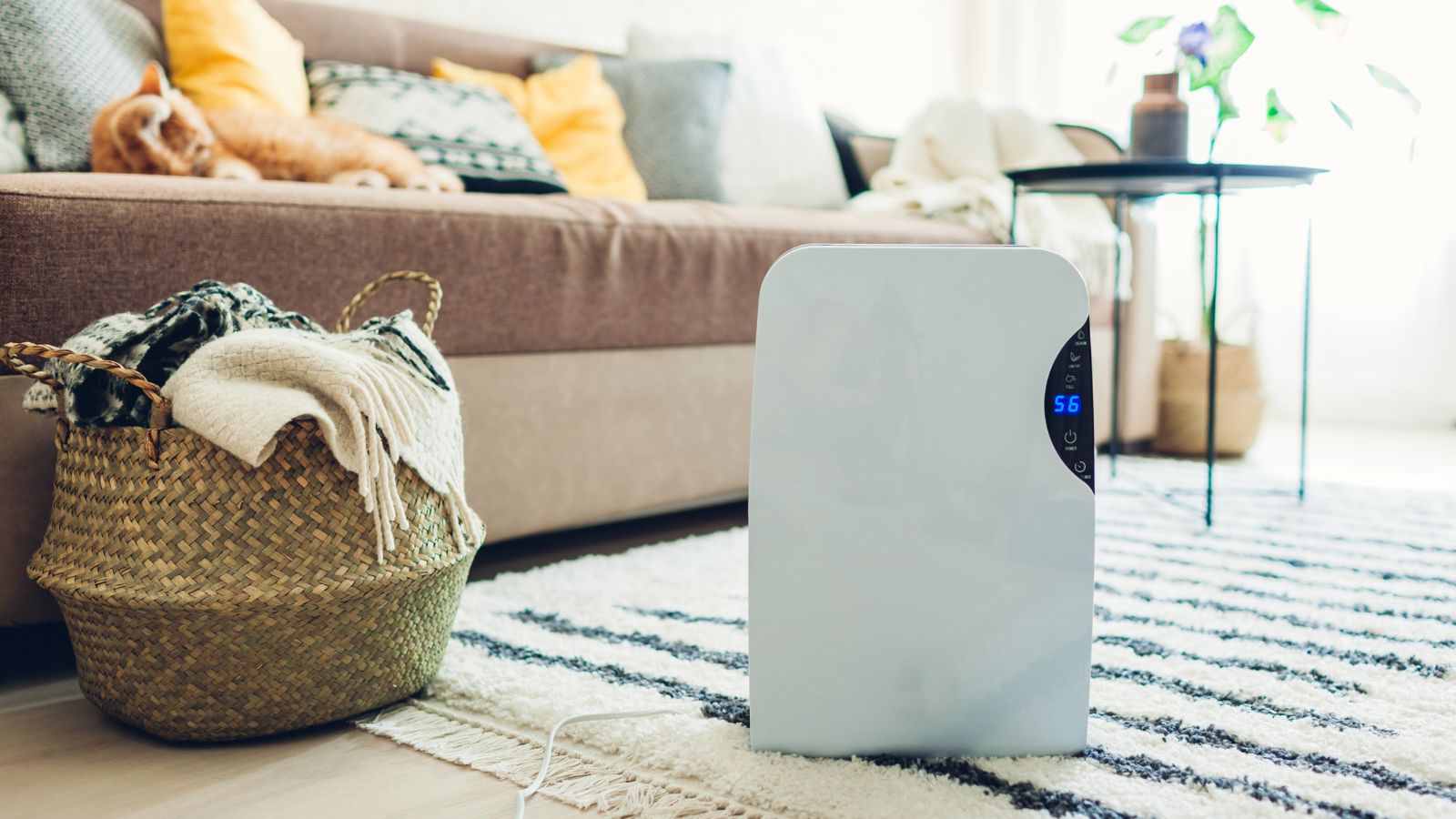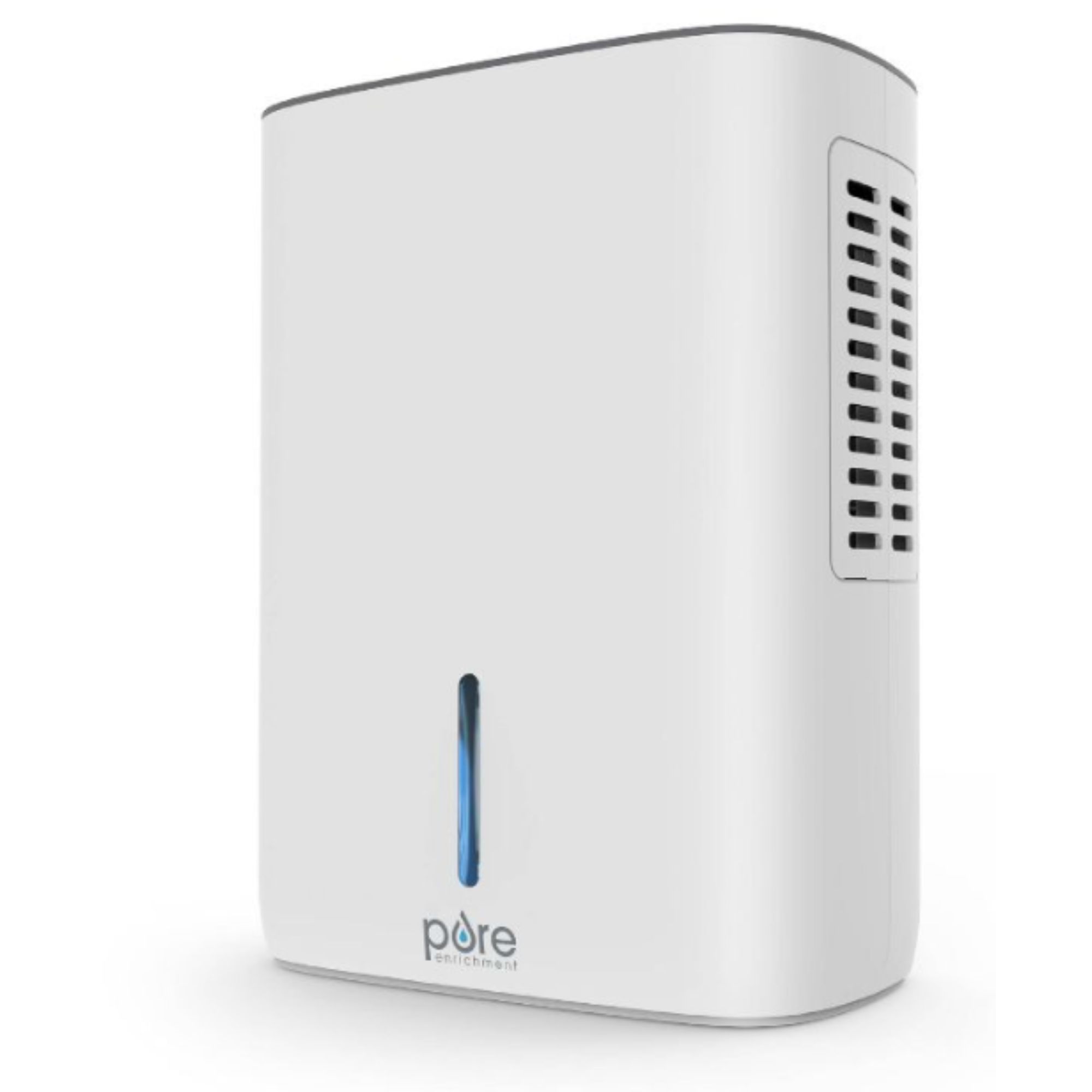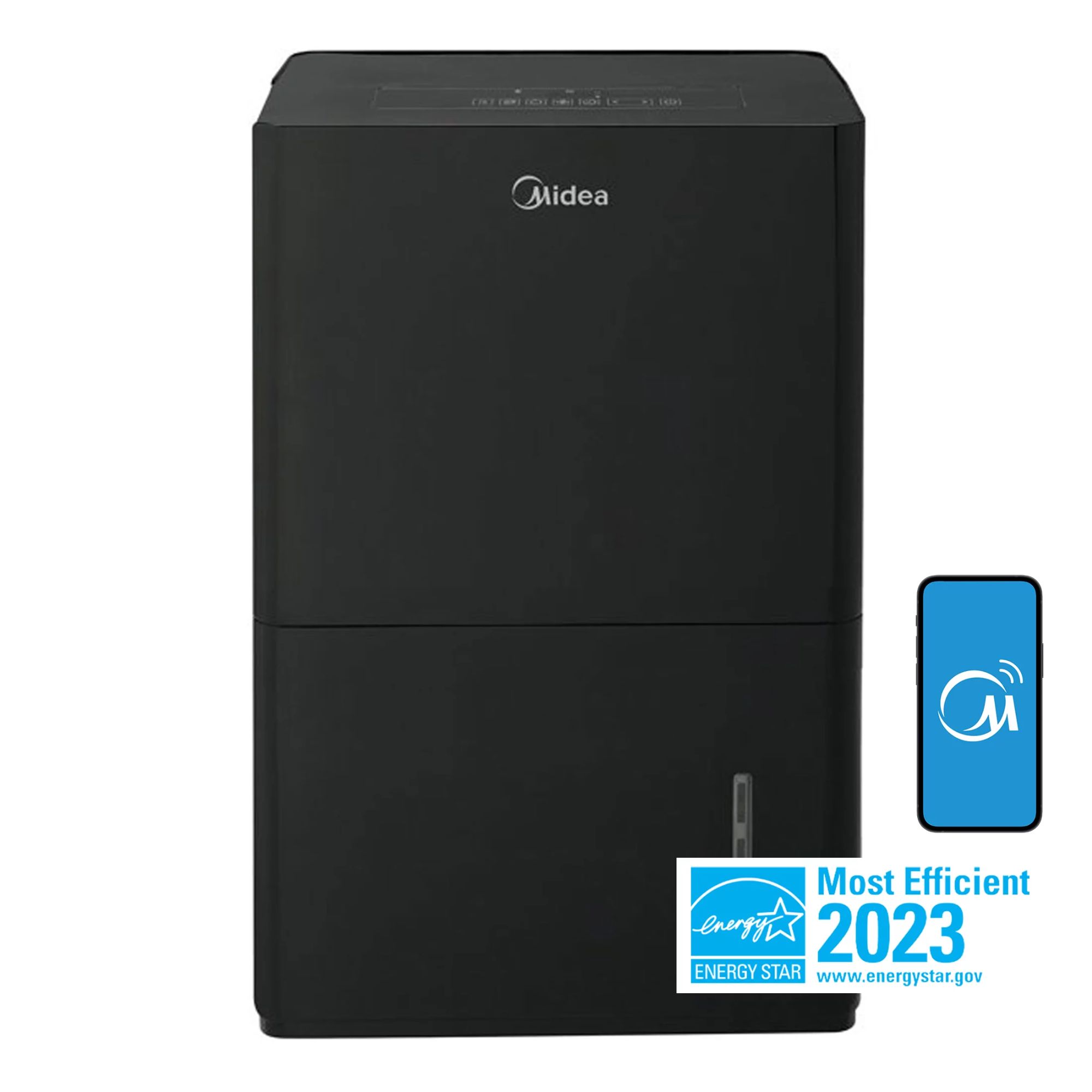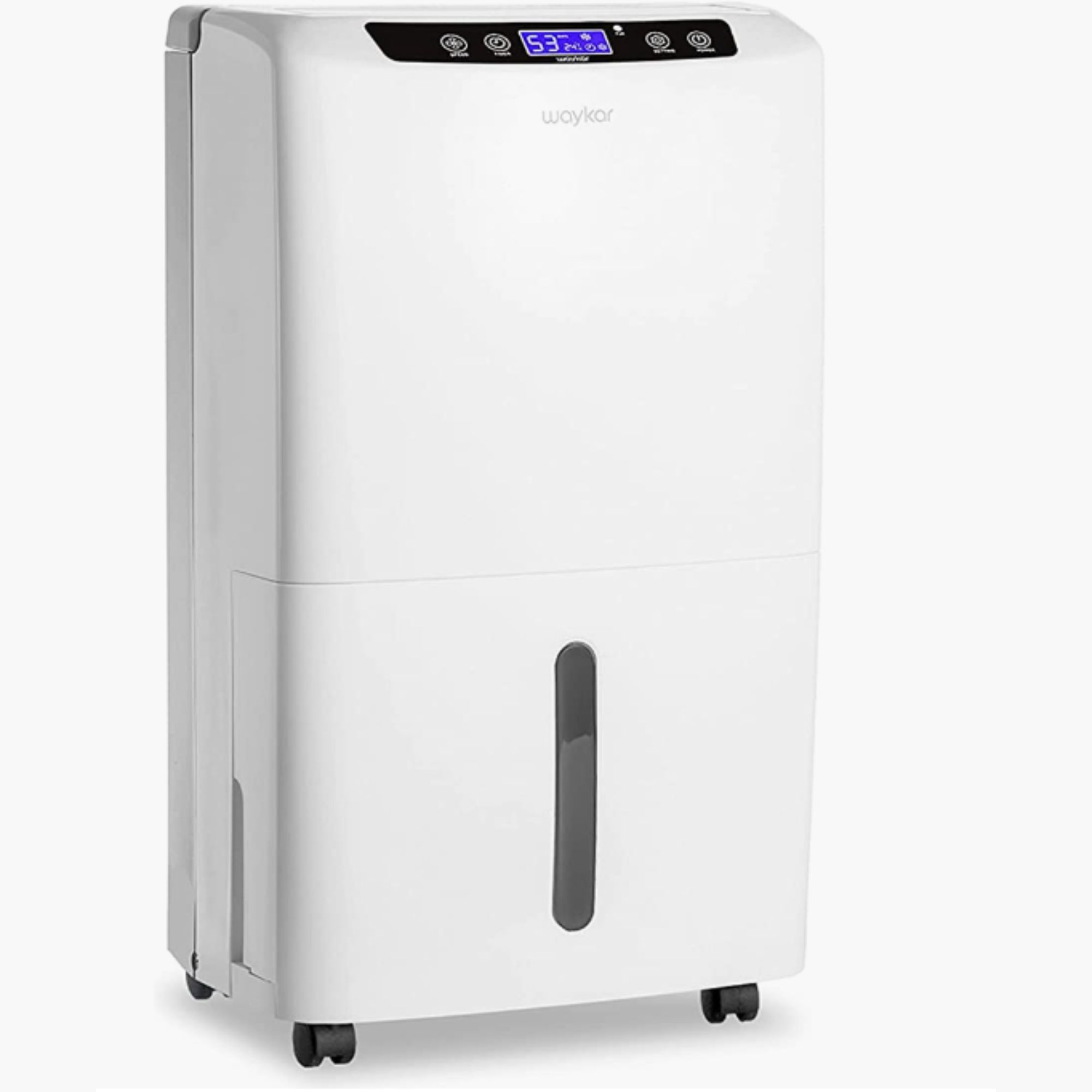How to dry waterlogged items – 7 quick tips to save belongings after flooding
Whether an indoor pipe burst or your home has suffered from flooding, here is how to dry out waterlogged items fast

- 1. Use a dehumidifier to remove excess water and speed up drying
- 2. Ensure smaller items have sufficient air circulation
- 3. Remove the excess water with a wet vac
- 4. Blot soft furnishings to remove excess water
- 5. Use fans sparingly
- 6. Rely on air drying for smaller items
- 7. Get rid of large carpets subject to flood water
- FAQs

Water damage of any kind in your home is far from fun, be it from a burst pipe or a natural disaster. The important thing is knowing how to dry waterlogged items fast to help minimize damage and return to everyday life as quickly as possible.
Not only is drying waterlogged items quickly essential to prevent mold after a flood, but makes your home smell nicer too, as well as preventing illness caused by spores and dirt.
Here is how the experts dry out all manner of waterlogged items, and how to replicate the results at home.
How to dry waterlogged items
It is important to stop the source of the water as soon as possible when it comes to water damage in your home. This is easier said than done if it is caused by external factors, such as a flood, where prevention with sandbags is better than a remedy. However, it is simpler if the cause is a burst pipe.
Wait for the water to stop before trying to dry anything out, or you may find yourself stuck in a loop.
1. Use a dehumidifier to remove excess water and speed up drying
Dehumidifiers are typically used to pull excess water out of the air in your home, but they can be used to help remove water from waterlogged items too, says Nathaly Vieira, cleaning expert and owner of InspireClean.
‘By removing as much moisture from your home as possible, these devices speed up natural drying times,’ they explain. ‘A dehumidifier can be an effective tool in mitigating moisture damage and saving time. If you have access to a fan or blower, this will also help to dry out wet items faster by maintaining dry air flow.’

This more affordable unit’s portable design is the perfect size to keep your bathrooms and mid-sized rooms free from excess moisture.
2. Ensure smaller items have sufficient air circulation
Air circulation is a must after water damage, especially when it comes to fabric items. Rather than leaving things such as cushions, towels, pillows, and blankets in place, Muffetta Krueger, cleaning expert and owner of Muffetta's Domestic Assistants recommends hoisting them up onto drying racks, trying heated airers or line drying them outside on warmer days to help speed up the drying process.
‘Doing this helps promote air circulation to speed up drying times and prevent sitting water,' Muffetta says. ‘This technique is particularly useful for preventing water stains too,’ she adds.

Muffetta Krueger is a driving force in the domestic service business, with over 15 years of operational management experience in the industry.
3. Remove the excess water with a wet vac
Wet-dry vacuums are essential if you are looking to save all of your soft furnishings, carpets, and upholstery, says Steve Leasure, VP of operations at Rainbow Restoration, a Neighborly Company.
‘Whether you own or rent a wet/dry vac, use it to clean up as much water as possible and remove carpet cushions and rugs ASAP,’ he says. ‘In dire cases, I recommend calling a professional water restoration company that has been certified by the IICRC (Institute of Inspection, Cleaning, and Restoration Certification), as they will be able to get the job done quicker and more thoroughly.’
Even when stuck in a pinch, don't use your best vacuum cleaner for this job, especially if the manufacturer does not explicitly say it is safe for liquids, as this is likely to cause a bigger headache for you.
4. Blot soft furnishings to remove excess water
If you don’t have a wet vac or are waiting for one to arrive, then a quick immediate action you can take is to blot excess water out of furnishings with a dry absorbent towel, Jeremy Lesher, co-owner and product manager at Bluegrass Foundation Repair recommends.
‘If the furniture gets wet, quickly blot the excess moisture with absorbent towels or paper towels. Allow the furniture to air-dry in a well-ventilated area, away from direct heat sources that could cause warping or cracking,’ Jeremy says.
‘For soft items like cushions and pillows, remove the covers and wash them as recommended before making use of your tumble dryer where possible. If you can’t machine dry, blot any moisture, and use a fan to expedite drying.’
Jeremy recommends using microfiber towels, such as this multipack from Amazon, for this job, as they are highly absorbent and gentle on surfaces, making them ideal for blotting excess moisture from various items without causing damage.
5. Use fans sparingly
Fans are usually recommended to help improve air circulation after waterlogging, but they could be spreading mold spores around your property if you don't use them carefully, Steve Leasure, VP of operations, warns us.
‘If the leak is fresh and the carpet doesn’t already smell musty, use a dehumidifier or a fan to prevent the buildup of humidity. However, if you suspect mold is already growing, don’t use a fan. It could spread mold spores around your house through the HVAC system, making your problem worse.’
6. Rely on air drying for smaller items
To save time and energy when drying things around your home, designate some items to be left to air dry, preferably in a room or area that has not suffered flooding and may have damp or humid air, says Jeremy Lesher, of Bluegrass Foundation Repair
‘Delicate decor items like ceramic figurines, glassware, and wooden decorations can often be air-dried. Place them on a clean, absorbent surface in a well-ventilated area away from direct sunlight, turning them periodically to ensure even drying.’
‘After cleaning an area rug, this can also be hung over a clothesline or railing in a shaded area,’ he adds. ‘Gently beat or shake the carpet to remove excess moisture, then let it air-dry completely. To speed up drying, use a fan to improve airflow.’
7. Get rid of large carpets subject to flood water
Some items, such as large areas of carpet, may be past the point of repair if they have been used to moving flood water from outside the home, Steve Leasure, VP of operations laments. It is therefore better to remove them altogether rather than spend the time drying them and risk exposing your home to contaminants or dangerous mold.
‘It cannot be salvaged if carpet and carpet cushions are exposed to flood water. It must be removed and disposed of. As flood waters move across the ground, it picks up all kinds of contaminants such as fertilizers, fecal matter, and other contaminants. It is not possible to clean and sanitize carpet and cushion after it has been contaminated with flood water. They should reach out to an expert as soon as possible.’
FAQs
Is there a way to fix water-damaged books?
If books or paperwork have become water damaged, they can often be recovered by air drying, often with the help of a dehumidifier or fan to increase dry air flow. Avoid using heat on wet paper, as this can cause it to shrink, deform the book, or even pose a fire hazard. It is important to remember that the item itself will not return to its original state, with staining likely, and will need to be handled with care after drying as the paper may be brittle, or weakened.
How long does water damage take to dry out?
Depending on the degree of water damage, it can take at least 72 hours for moist patches to dry out. This can be sped up by using drying techniques such as dehumidifiers, fans, and heaters, but will depend on the item you are drying. Upholstery and carpets will take longer to dry than metals and vinyl flooring, for instance.
When dealing with waterlogged belongings, it is important to remember that you don't have to do it all yourself, Steve Leasure, VP of operations at Rainbow Restoration.
‘Even though it may be tempting to try to clean up water damage yourself, it takes a professional to make sure the wet area is dried out correctly and completely to prevent further damage. A specialist can devise a plan to clean and restore your home and belongings after any water damage. In addition to the wet carpet, a specialist can also prevent warped wood and stained walls. If the water came in contact with your drywall or ended up behind a wall or in a crawl space, a specialist can handle that, too!’
Sign up to the Homes & Gardens newsletter
Design expertise in your inbox – from inspiring decorating ideas and beautiful celebrity homes to practical gardening advice and shopping round-ups.

Chiana has been at Homes & Gardens for two years and is our resident 'queen' of non-toxic living. She spends most of her time producing content for the Solved section of the website, helping readers get the most out of their homes through clever decluttering, cleaning, and tidying tips. She was named one of Fixr's top home improvement journalists in 2024.
-
 Anna Kendrick's favorite coffee maker is the first machine to make iced beverages that are 'just as cold as a coffee shop' – it's currently under $200
Anna Kendrick's favorite coffee maker is the first machine to make iced beverages that are 'just as cold as a coffee shop' – it's currently under $200The actress uses this smart machine to make perfect mocha frappes straight out of her kitchen – it's a summer 2025 must-have
By Hannah Ziegler
-
 Put your 'purgatory place' and 'dust detective' in play – 6 expert tricks professional organizers use to effortlessly edit down belongings
Put your 'purgatory place' and 'dust detective' in play – 6 expert tricks professional organizers use to effortlessly edit down belongingsStress-free streamlining is entirely within sight
By Andy van Terheyden

